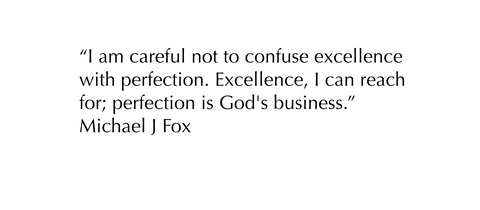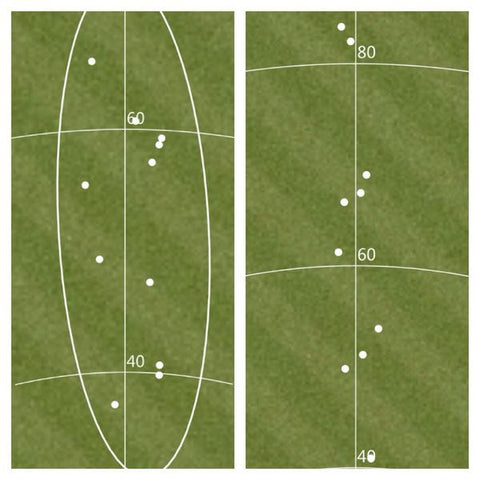Is the Wedge Game as easy as we think?

It’s fair to say that with the advent of some terrific technology we know more about the game of golf than we ever have before, we understand how to make the game easier but we also now know just how difficult it really is to advance a small round ball from A to B. If you ever want to look at the game in the same way you might want to stop reading here, alternatively if you want to realise that perfection is unattainable and we merely do the best we can then read on!
The hardest club to hit straight in the bag is driver, it’s the longest club, it has the least loft and we attempt to hit it as far as possible the majority of the time. The margin for error is incredibly small, a dimple off centre with your contact? Good luck hitting a fairway at 250 if you aim down the middle. A face a couple of degrees open or closed to the path? You’re going to miss it at 250. A combination of both errors? It could work for you or massively against you.
It’s not easy.
Wedges are easy though right? They have the most loft and the shortest shaft, it’s kind of hard to curve a wedge shot so it must be easier. Except it isn’t. It’s just different. You see with a driver we’re really working in the horizontal or X-axis. We measure face to path relationship horizontally, we really only concern ourselves with non centered strikes horizontally because at the end of the day we’re not really worried about exactly how far it carries but where it comes to rest laterally.
Wedges however are the complete opposite. That extra loft and shorter shaft mean it’s easier to have a pretty good dispersion laterally but we need to be more concerned with the vertical or Y-axis as it's really a game of distance control. How the Attack Angle and Dynamic Loft are delivered to the ball, how the centeredness of contact is vertically. These are the crucial factors to hit the ball the correct distance besides speed of delivery. If you get these wrong you can forget about putting for birdie and hope you don’t 3 putt if it really goes wrong.
It can’t be that hard though right? I mean how much error could it possibly make? A few degrees here, a bit steeper there or a little higher on the face…
Well let me show you.
These pictures are part of my current presentation on the wedge game and they illustrate proximity errors. All but one have been given something like perfect speed for the distance we were shooting for, the only other errors are loft, or more accurately ‘spin loft’. A little off with attack angle, slightly off with dynamic loft, a little off with face to path. Any or all could easily conspire to make a 4º spin loft error, it’s not hard.




As you can see the chances of making the next putt get low really fast for a PGA Tour quality putter, nevermind a weekend warrior. It fast reaches the point where if you combine a speed error and loft error you’re missing greens by significant distances.
The problem is that speed generally takes the blame. It’s true that speed error is often a contributing factor but I wouldn’t place it at the top. It’s a close run thing between speed and smash factor. Why did I only use the term smash factor now? Well your delivered spin loft is pretty much the same thing, minus impact location.
Turns out hitting great wedge shots is hard. You’re never going to be perfect but with a little understanding you can increase the predictability substantially. Remember, long shots are a game of horizontal errors, short shots are all about the vertical.
If you want to hear a little more why not visit my video vault on my website, you’ll find the PGA Summit presentation there which will not only explain the problems but also what you can do about them.










